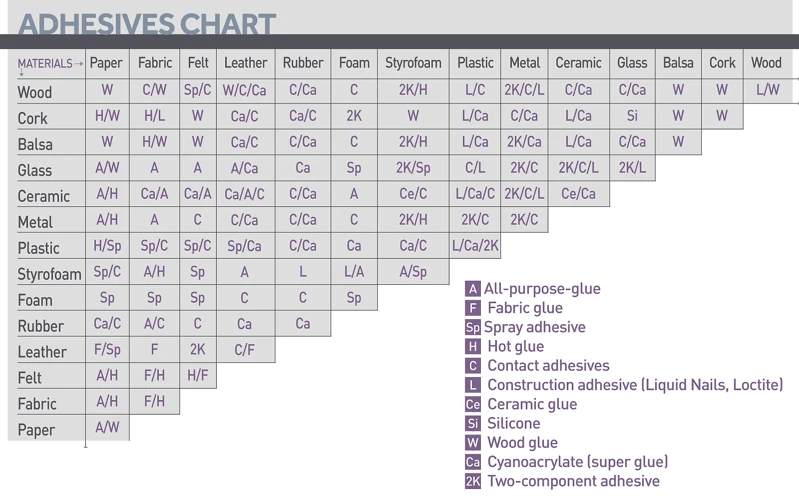Drawing can be a rewarding activity, transforming simple shapes into recognizable forms. Today, we’re introducing a subject often overlooked but quite interesting to depict – a glue bottle. This seemingly mundane object can teach us a lot about contours, reflection, and form. Whether you’re a seasoned artist or just starting, this guide will walk you through the enjoyable process of creating your own glue bottle illustration.
Drawing Tutorial for Beginners: Materials Needed
Craft Supplies Drawing Essentials
Before diving into the art of drawing, let’s gather our craft supplies. To embark on this drawing tutorial for beginners, you’ll need a few basic items: sketch paper, erasers, and a variety of drawing tools for shading and texture. Keep your sharpener close by, as a fine point can make all the difference in detailing.
Choosing the Right Pencil for Pencil Drawing of Glue
When it comes to pencil drawing of glue, the pencil itself sets the stage for your artistry. Graphite pencils are graded from hard (H) to soft (B), and a medium-range HB or 2B pencil will offer the versatility needed for most of the work. For darker lines and shading, consider keeping a 4B or 6B on hand as well.
Step by Step Drawing: Sketching a Glue Bottle
Understanding the Basic Shape of a Glue Bottle
Every great drawing begins with understanding the subject’s fundamental shape. In sketching a glue bottle, observe that it’s mainly cylindrical, with a tapered neck and a cap. Start with light, loose circles and ovals to form these basic components before committing to definitive lines.
Outlining the Glue Bottle Illustration
With the basic shapes in place, it’s time to refine them. Gently erase the guidelines and replace them with more precise outlines. Pay attention to the symmetry of the bottle’s body and the proportions of the cap. This is the framework of your glue bottle art project.
Adding Details to Your Glue Bottle Art Project
Details will breathe life into your drawing. Observe the nuances, like the ridges on the cap or the label’s outline. Use light strokes to sketch these features, and remember, subtlety is key. A delicate touch can make a difference between a flat drawing and a three-dimensional illusion.
How to Draw a Bottle: Refining Your Sketch
Enhancing Shadows and Highlights
Shadows and highlights are vital in how to draw a bottle with a realistic appearance. Determine your light source, and add shading opposite to it, using your softer pencils. Smudging can be used for a smoother gradient, while erasers can bring back the highlights. This contrast gives your drawing depth and volume.
Finalizing the Glue Container Illustration
As you wrap up, reassess the overall form and texture. Make any necessary adjustments to the shadows and highlights, and define the edges to make your glue container illustration pop. A sharp pencil tip can help clean up the lines and add those final touches that make your drawing professional.
Art Instruction: Glue Container Textures and Labels
Understanding texture is a crucial part of art instruction glue container. The plastic’s smoothness versus the label’s possible paper texture offers a study in contrasts. Use different pencil pressures and strokes to represent these textures accurately. The label also often carries text and logos, which require a steady hand and attention to spacing.
Drawing Guide for Kids: Making it Fun and Simple
When adapting this to a drawing guide for kids, keep the process fun and straightforward. Encourage them to find the basic shapes within the glue bottle and to use their imagination for the label. Stickers or colorful markers can add a playful touch to the final artwork, making the experience both educational and enjoyable.
If you’re looking to expand your artistic skills, our tutorial on how to draw a glue stick can be an excellent starting point. And, if you’re a DIY enthusiast or a crafter, you might also be interested in our practical guides on how to store CA glue and how to store nail glue to ensure your adhesives stay fresh and ready for your next project.
Conclusion: Practice Makes Perfect in Drawing
Like any skill, drawing improves with practice. This step by step drawing guide aims to encourage you to look at everyday objects with an artist’s eye. Repeat the process with different bottles, and soon, your skill in creating accurate and lifelike illustrations will grow. Keep sketching, keep learning, and most importantly, keep enjoying the process!

